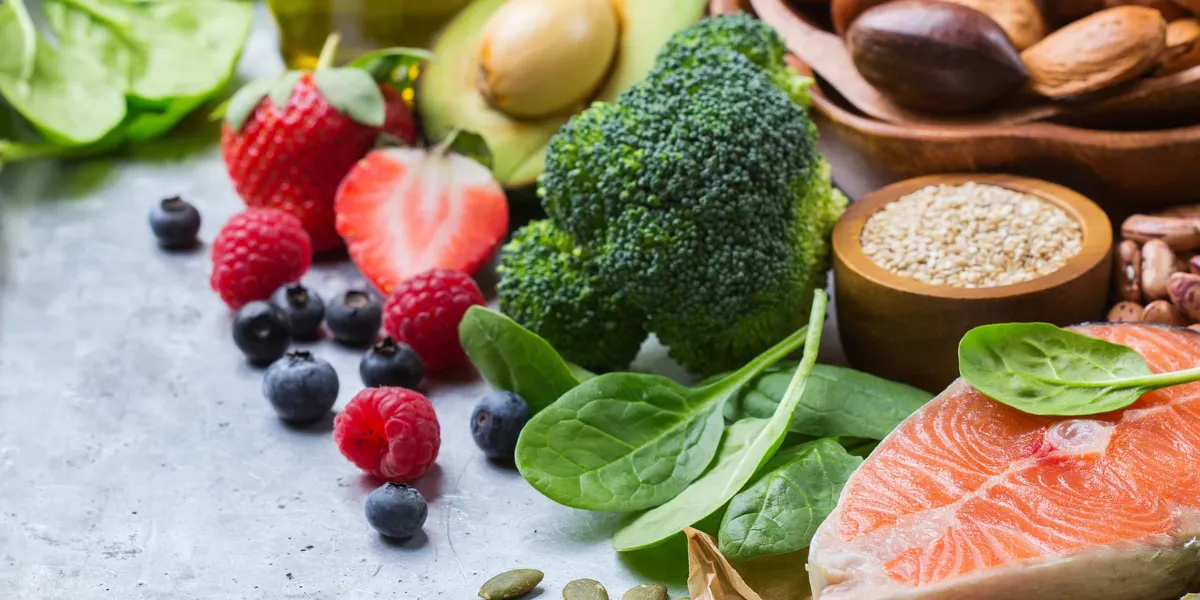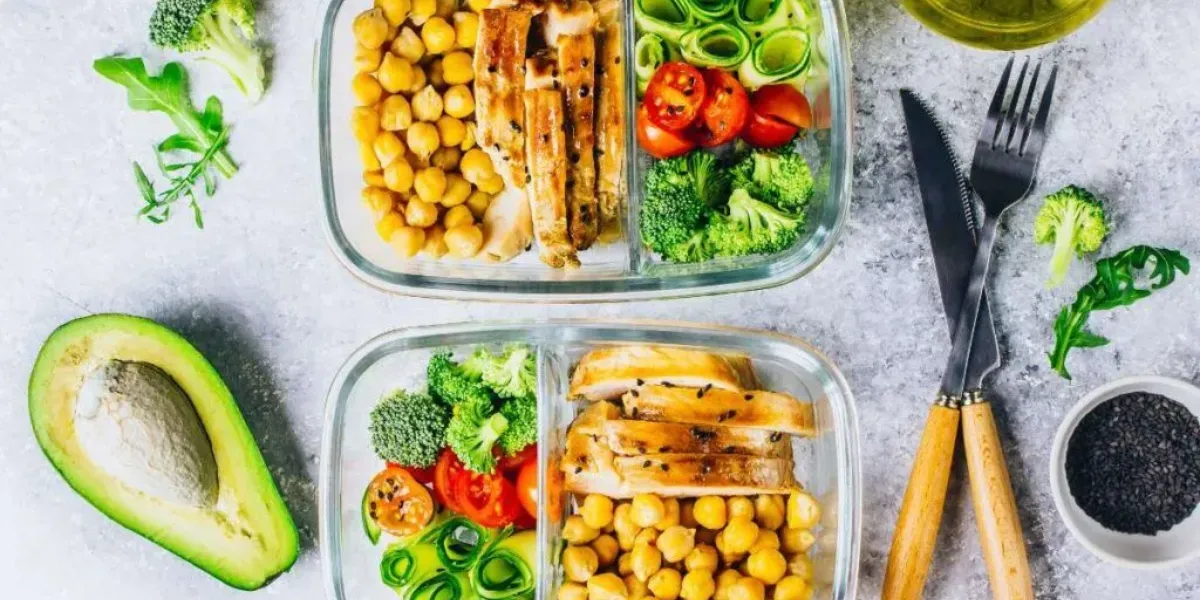Following a gluten and dairy-free diet doesn’t have to mean sacrificing flavor or convenience for breakfast. In fact, with a little creativity, you can whip up an array of delicious and satisfying meals to start your day. This article explores various breakfast options suitable for individuals with gluten and dairy sensitivities, offering tips, recipes, and a helpful FAQ section.
Table of Contents
ToggleKickstarting Your Day: Easy and Quick Breakfast Ideas
- Fresh Fruit and Nut Butter: This classic combination provides a burst of vitamins, fiber, and healthy fats. Choose a variety of fruits like berries, bananas, or melon and pair them with your favorite nut butter, such as almond, peanut, or sunflower seed butter.
- Smoothies: Blend your favorite fruits, vegetables, non-dairy milk (e.g., almond, coconut, soy), and protein powder (optional) for a quick and nutritious on-the-go breakfast.
- Scrambled Eggs with Vegetables: This protein-packed option is incredibly versatile. Saute diced onions, peppers, mushrooms, or spinach in a pan, then pour in whisked eggs seasoned with salt and pepper. Cook until the desired doneness.
- Overnight Oats: For a no-cook option, prepare overnight oats the night before. Simply combine rolled oats, non-dairy milk, chia seeds, and your favorite flavorings like cinnamon, vanilla extract, or chopped nuts in a jar. Refrigerate overnight and enjoy a cool and creamy breakfast in the morning.
Savory Delights: Gluten and Dairy-Free Breakfast Eggs and Meat Options
- Breakfast Burritos: Scramble eggs with salsa, cooked vegetables, and chopped avocado, then wrap them in gluten-free tortillas for a portable and satisfying meal.
- Breakfast Sausage Links: Choose gluten and dairy-free sausage links and cook them according to package instructions. Serve with scrambled eggs, sauteed vegetables, or a side of fruit.
- Breakfast Frittata: This egg-based dish offers endless possibilities for customization. Whisk together eggs with chopped vegetables, cooked meat (optional), and herbs of your choice. Pour the mixture into a greased oven-safe pan and bake until set.
Sweet Treats: Pancakes, Waffles, and Muffins
- Gluten-Free Pancakes and Waffles: Several gluten-free pancake and waffle mixes are readily available in grocery stores. Simply follow the package instructions, substituting dairy-free milk for regular milk.
- Gluten-Free and Dairy-Free Muffins: Numerous recipes online cater to gluten and dairy-free dietary needs. Explore options like banana bread muffins, pumpkin spice muffins, or zucchini bread muffins made with alternative flours (e.g., almond flour, coconut flour) and non-dairy milk.
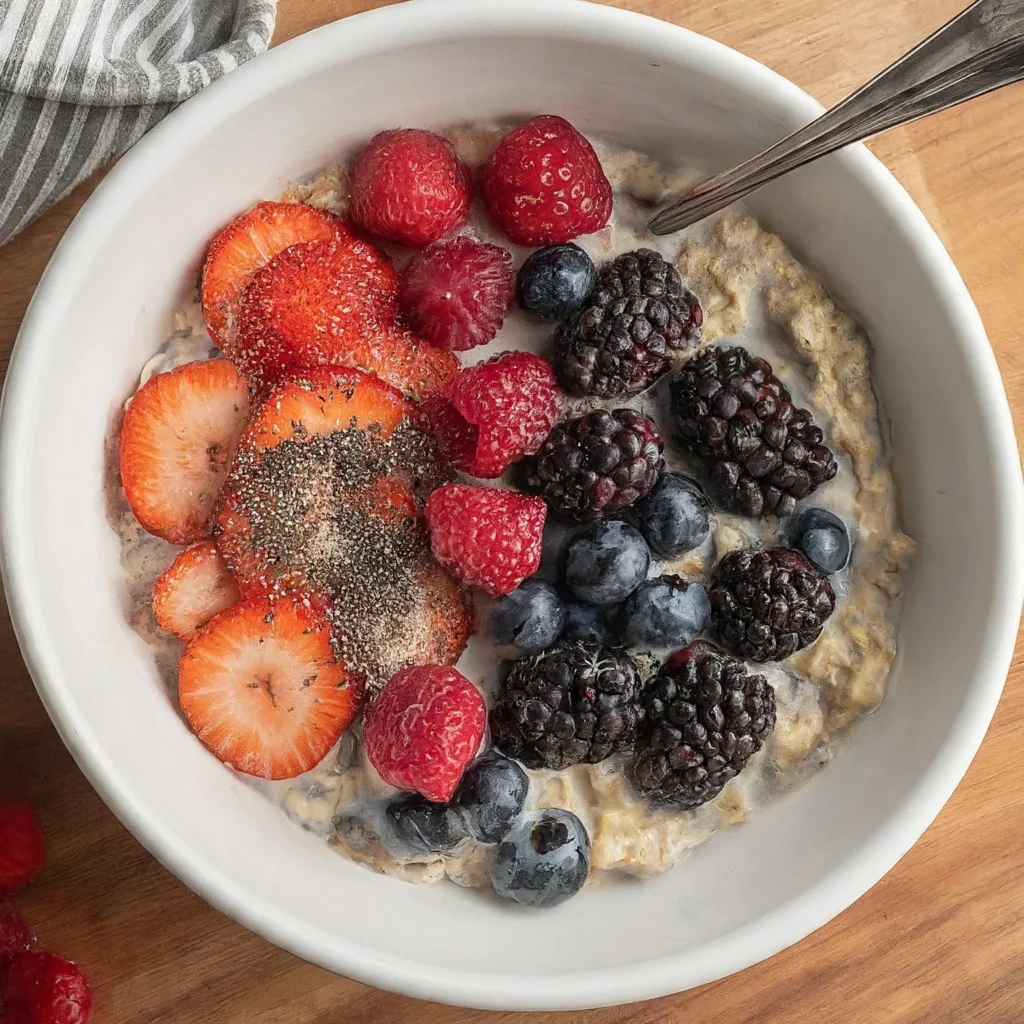
Tips for Success:
- Read Food Labels Carefully: Always check ingredient lists for hidden sources of gluten and dairy. Look for certified gluten-free and dairy-free labels for added reassurance.
- Plan and Prepare: Having pre-made options or ingredients prepped beforehand simplifies mornings. Consider making a large batch of overnight oats or breakfast burritos on the weekend for easy grab-and-go breakfasts throughout the week.
- Get Creative!: Don’t be afraid to experiment with different flavors and ingredients. Explore alternative flours, non-dairy milk, and unique flavor combinations to create delicious and nutritious breakfasts you’ll enjoy.
Table: Comparison of Popular Non-Dairy Milk Options
| Milk Alternative | Protein (g per cup) | Calcium (mg per cup) |
|---|---|---|
| Almond Milk (unsweetened) | 1 | 45 |
| Coconut Milk (unsweetened) | 0.5 | 45 |
| Soy Milk (unsweetened) | 8 | 300 |
| Oat Milk (unsweetened) | 3 | 120 |
Frequently Asked Questions (FAQs):
Are there any gluten-free grains I can include in my breakfast?
Absolutely! There are several gluten-free grains that you can include in your breakfast for a nutritious and satisfying meal. Here are some popular options:
- Oats: Rolled oats, steel-cut oats, and oatmeal are naturally gluten-free and can be enjoyed in various forms such as oatmeal bowls, overnight oats, or oat-based granola bars.
- Quinoa: This versatile grain is packed with protein and can be used as a gluten-free alternative to rice or couscous. Try quinoa porridge, and quinoa breakfast bowls, or add cooked quinoa to smoothies for an extra nutritional boost.
- Brown rice: Brown rice is a nutritious whole grain that can be enjoyed as a breakfast cereal, mixed with fruits and nuts, or used as a base for breakfast bowls or rice pudding.
- Buckwheat: Despite its name, buckwheat is not related to wheat and is naturally gluten-free. Buckwheat groats or buckwheat flour can be used to make gluten-free pancakes, waffles, or porridge.
- Millet: Millet is a gluten-free ancient grain that has a mild, nutty flavor. It can be cooked and enjoyed as a hot cereal, added to baked goods, or used as a base for breakfast bowls.
- Amaranth: Amaranth is a highly nutritious gluten-free grain that is rich in protein, fiber, and minerals. Cooked amaranth can be served as a breakfast porridge, added to yogurt or smoothies, or used in gluten-free baking recipes.
- Teff: Teff is a tiny gluten-free grain that is commonly used to make Ethiopian injera bread. It can also be cooked as a porridge or added to breakfast muffins, pancakes, or waffles.
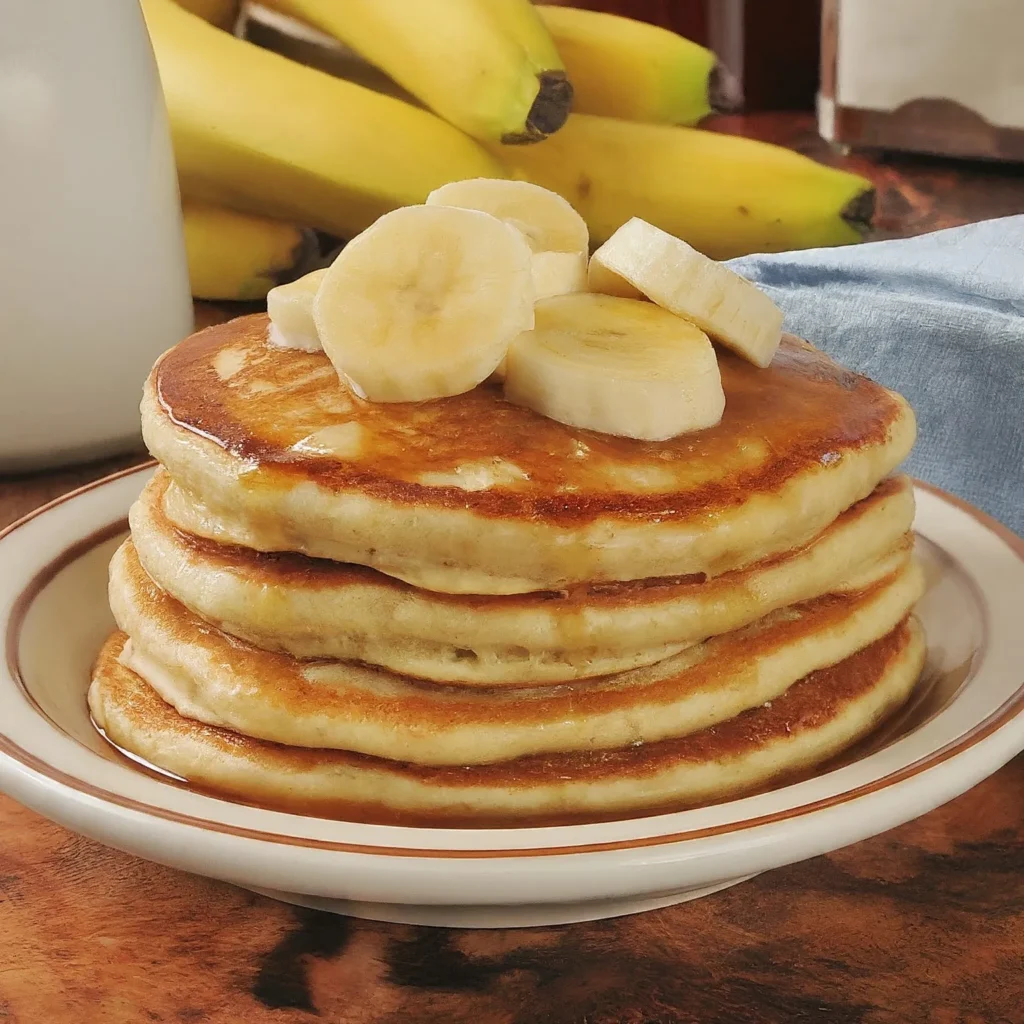
What are some good sources of calcium on a gluten and dairy-free diet?
On a gluten and dairy-free diet, there are still plenty of excellent sources of calcium to ensure you meet your daily needs for this essential mineral. Here are some good sources of calcium:
- Leafy green vegetables: Dark leafy greens like kale, collard greens, turnip greens, and bok choy are rich in calcium. Include them in salads, stir-fries, soups, or smoothies to boost your calcium intake.
- Fortified non-dairy milk: Many non-dairy milk alternatives such as almond milk, soy milk, coconut milk, and rice milk are fortified with calcium and other nutrients. Check the labels to ensure they are fortified with calcium.
- Fortified orange juice: Some brands of orange juice are fortified with calcium, providing a convenient way to boost your calcium intake. Look for varieties that specifically mention calcium fortification on the packaging.
- Tofu: Tofu made with calcium sulfate is an excellent source of calcium. Incorporate tofu into stir-fries, salads, soups, or smoothies to increase your calcium intake.
- Sardines and canned salmon: These fatty fish with edible bones are rich in calcium. Enjoy them as part of salads, sandwiches, or pasta dishes for a calcium boost.
- Seeds: Sesame seeds, chia seeds, and poppy seeds are all rich in calcium. Sprinkle them on salads, yogurt, or oatmeal, or incorporate them into baked goods for added nutrition.
- Almonds: Almonds are a good source of calcium and make a nutritious snack on their own or when added to trail mix, granola, or homemade energy bars.
- Beans and lentils: Certain legumes like white beans, black beans, chickpeas, and lentils contain moderate amounts of calcium. Include them in soups, stews, salads, or bean-based dishes to increase your calcium intake.
- Broccoli and cauliflower: These cruciferous vegetables contain calcium and can be enjoyed steamed, roasted, or added to salads and stir-fries.
- Fortified cereals: Some gluten-free cereals are fortified with calcium, providing an easy way to add this nutrient to your breakfast. Look for cereals labeled as gluten-free and fortified with calcium.
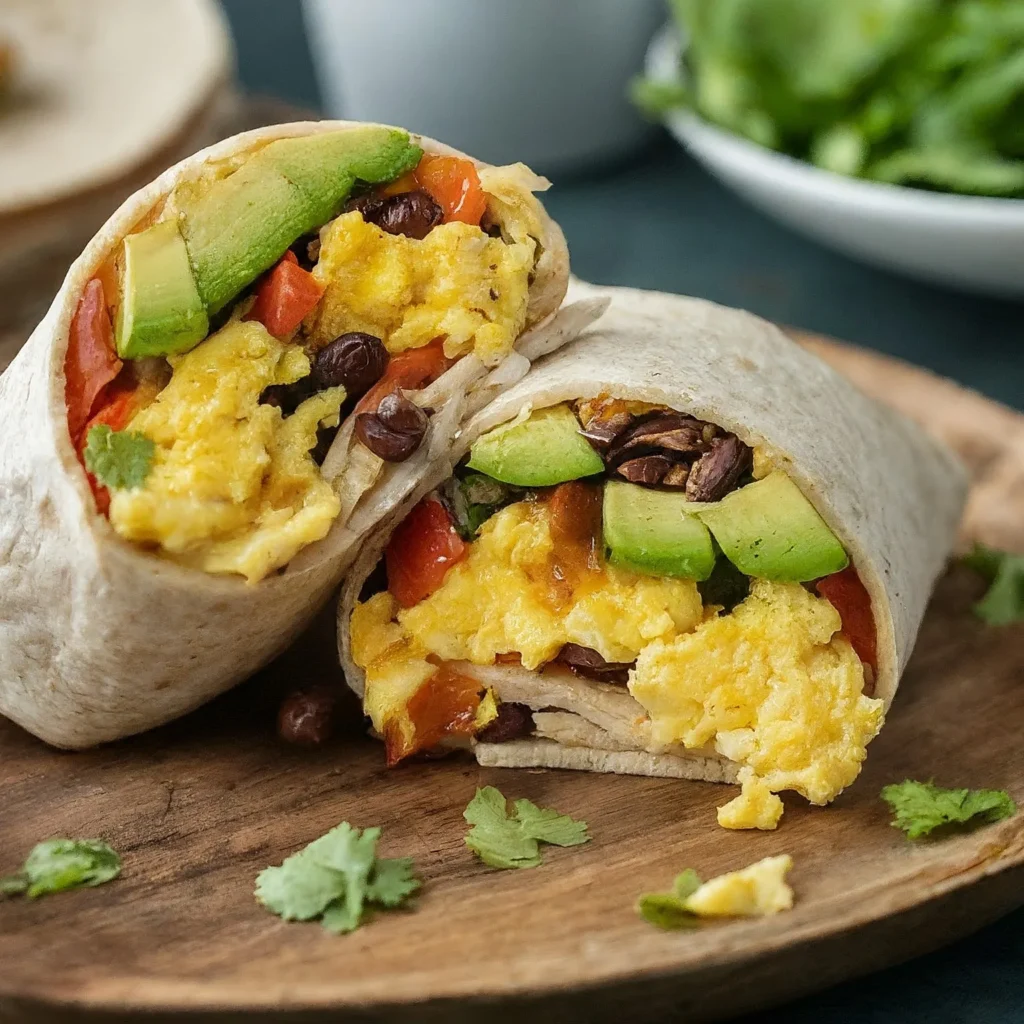
Can I still have coffee or tea on a gluten and dairy-free diet?
Yes, you can still enjoy coffee or tea on a gluten and dairy-free diet. Both coffee and tea are naturally gluten and dairy-free beverages. However, it’s essential to be mindful of any added ingredients or accompaniments that may contain gluten or dairy. Here are some tips to ensure your coffee or tea remains gluten and dairy-free:
- Plain coffee and tea: Black coffee and plain tea (such as green tea, black tea, and herbal tea) are naturally gluten and dairy-free. Enjoy them without any added milk, cream, or sweeteners for a simple and safe beverage option.
- Non-dairy milk alternatives: If you prefer to add milk to your coffee or tea, opt for non-dairy milk alternatives such as almond milk, coconut milk, soy milk, or oat milk. These plant-based milk options are gluten and dairy-free and can be used as substitutes for traditional dairy milk.
- Be cautious of flavored syrups and creamers: Some flavored syrups and coffee creamers may contain gluten or dairy ingredients. Always check the labels carefully to ensure they are free from gluten-containing grains or dairy products. Look for certified gluten-free and dairy-free options if you have sensitivities or allergies.
- Avoid cross-contamination: When ordering coffee or tea from cafes or coffee shops, be cautious of potential cross-contamination with gluten-containing products. Ask the barista to use a clean, separate steaming wand or pitcher for non-dairy milk to prevent any contamination with dairy milk.
- Homemade beverages: Consider making your gluten and dairy-free coffee or tea beverages at home using safe ingredients. Experiment with different non-dairy milk alternatives, natural sweeteners like maple syrup or honey, and flavorings such as vanilla extract or cinnamon for delicious homemade creations.
What are some healthy fats I can include in my breakfast?
Incorporating healthy fats into your breakfast can help provide sustained energy, promote satiety, and support overall health. Here are some nutritious sources of healthy fats to include in your morning meal:
- Avocado: Avocados are rich in monounsaturated fats, which are heart-healthy and beneficial for cholesterol levels. Spread mashed avocado on toast, add slices to omelets or breakfast bowls, or blend into smoothies for a creamy texture.
- Nuts and seeds: Almonds, walnuts, chia seeds, flaxseeds, hemp seeds, and pumpkin seeds are excellent sources of healthy fats, omega-3 fatty acids, and fiber. Sprinkle them on top of yogurt, oatmeal, or cereal, or enjoy them as part of a homemade trail mix or granola.
- Nut butter: Peanut butter, almond butter, cashew butter, and other nut and seed butter are packed with healthy fats and protein. Spread nut butter on whole grain toast, add a dollop to smoothie bowls, or incorporate into baked goods like muffins or pancakes.
- Coconut: Coconut products such as coconut oil, coconut milk, and shredded coconut contain medium-chain triglycerides (MCTs), which are easily digestible fats that can provide quick energy. Use coconut oil for cooking, add coconut milk to oatmeal or smoothies, or sprinkle shredded coconut on top of yogurt or fruit.
- Extra virgin olive oil: Olive oil is a staple of the Mediterranean diet and is rich in monounsaturated fats and antioxidants. Drizzle olive oil over scrambled eggs, use it to sauté vegetables, or make a vinaigrette for salads.
- Fatty fish: Salmon, mackerel, trout, sardines, and other fatty fish are excellent sources of omega-3 fatty acids, which are important for brain health and reducing inflammation. Enjoy smoked salmon on whole grain toast, add canned sardines to omelets, or include grilled fish in breakfast tacos or wraps.
- Greek yogurt: Greek yogurt is a good source of protein and healthy fats, particularly if you choose full-fat or low-fat varieties. Enjoy Greek yogurt with fruit and nuts, use it as a creamy base for smoothie bowls, or incorporate it into homemade muffins or pancakes.
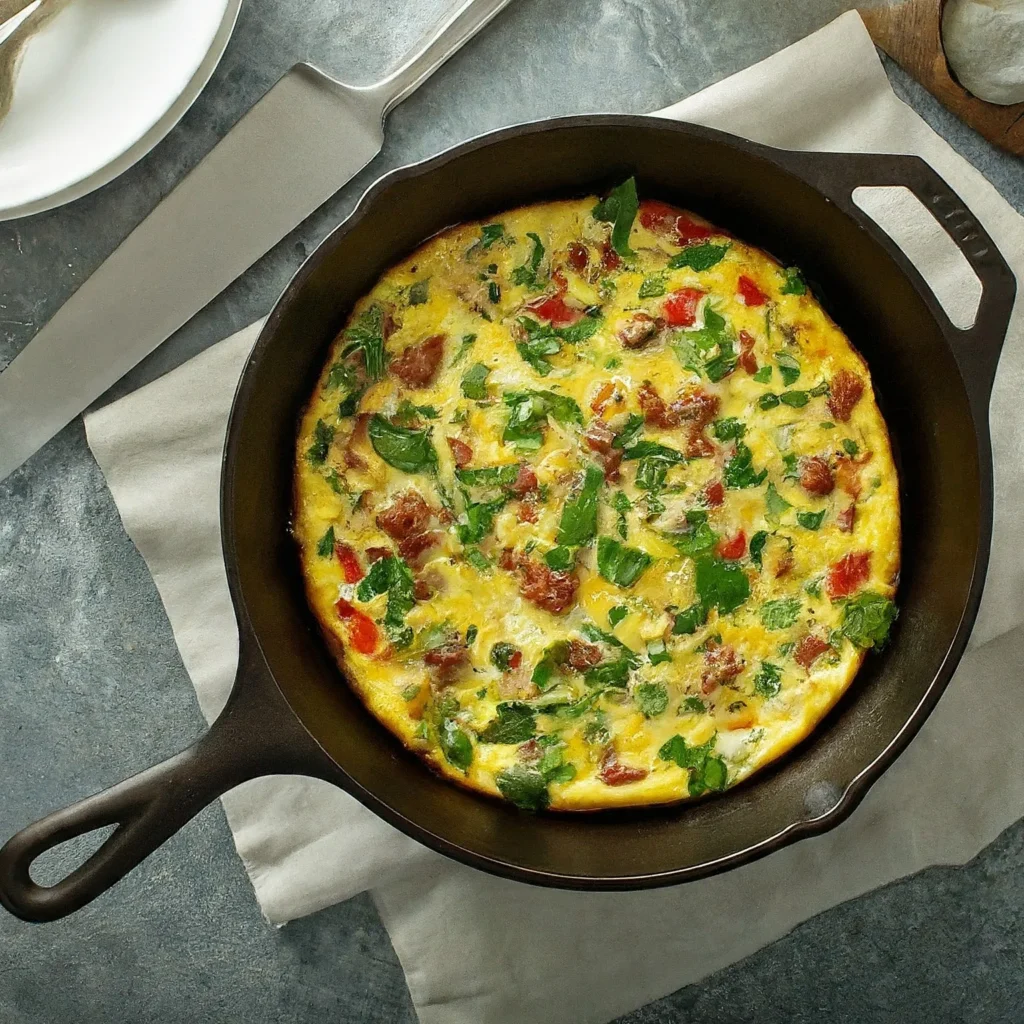
Are there any gluten and dairy-free breakfast bars available?
Yes, there are gluten and dairy-free breakfast bars available in the market. These bars are specifically crafted to cater to individuals following gluten and dairy-free diets while providing a convenient and nutritious breakfast option. Many health food stores, grocery stores, and online retailers offer a variety of gluten and dairy-free breakfast bars. These bars are often made with wholesome ingredients such as nuts, seeds, dried fruits, and gluten-free grains like oats or quinoa.
They come in various flavors and textures, ranging from chewy to crunchy, to suit different preferences. Some popular brands that offer gluten and dairy-free breakfast bars include KIND, Larabar, RXBAR, and Enjoy Life Foods. Be sure to check the product labels to ensure they meet your dietary requirements and preferences.
Additional Tips:
- Involve the Family: Get your family involved in meal planning and preparation. This can be a great way to learn about healthy eating habits and create fun memories together.
- Prioritize Sleep: Getting enough sleep (7-8 hours per night for adults) is crucial for overall health and can improve your energy levels in the morning, making you more likely to prioritize a healthy breakfast.
- Stay Hydrated: Start your day with a glass of water to rehydrate after sleep and support your digestive system.
Following a gluten and dairy-free diet doesn’t have to mean sacrificing a delicious and satisfying breakfast. By incorporating these simple ideas and tips, you can fuel your mornings with nutritious and flavorful options that keep you energized and ready to take on the day. Remember, breakfast is the most important meal of the day, so prioritize it and enjoy the process of exploring new flavors and creating satisfying meals that meet your dietary needs.


